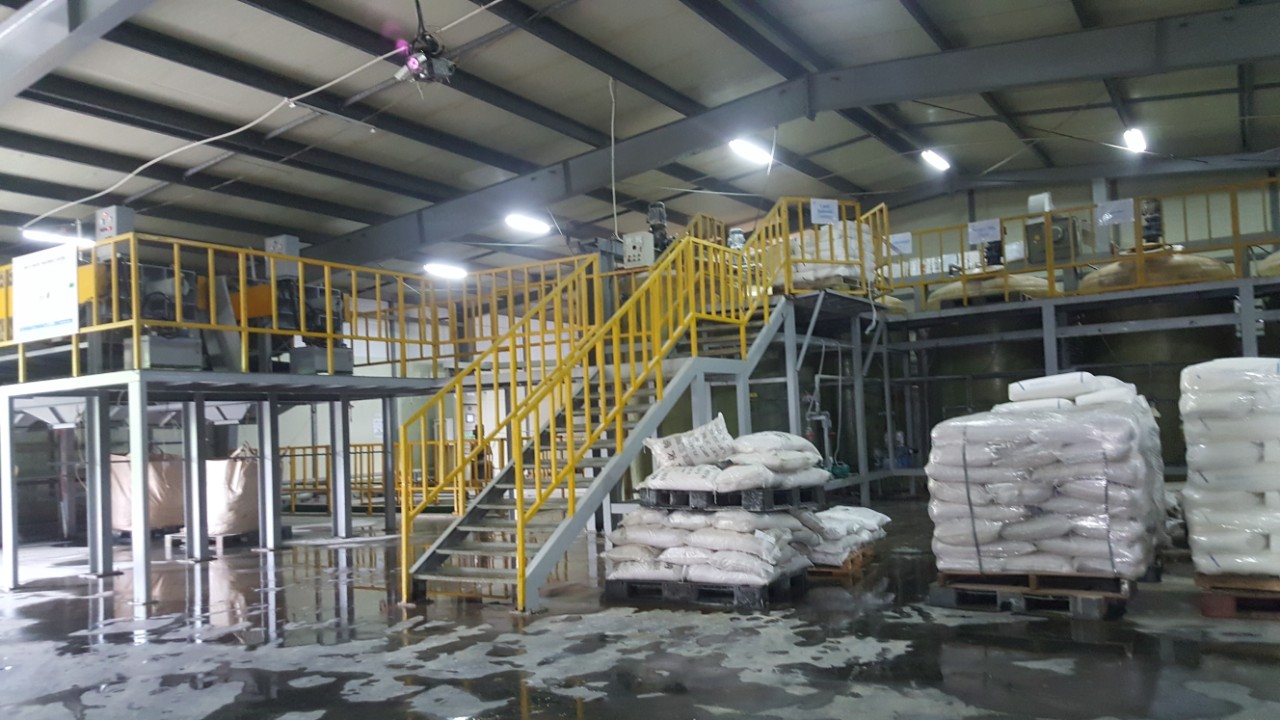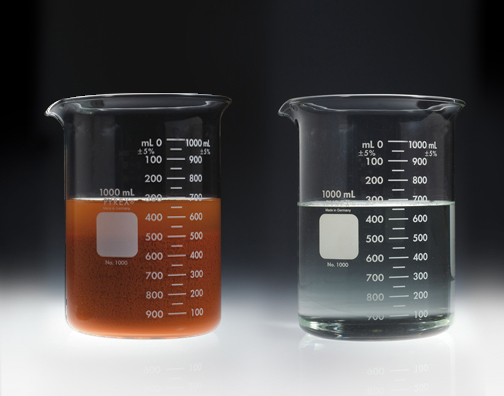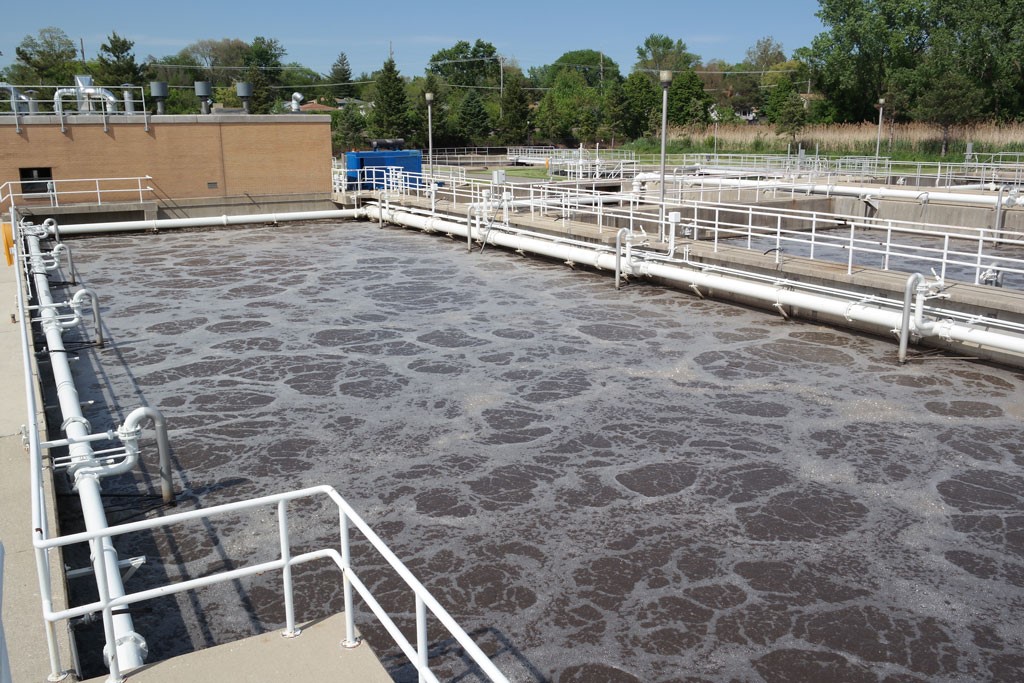What is a wastewater treatment system?
15/08/2019
WASTEWATER TREATMENT

1. What is a wastewater treatment system?
A wastewater treatment system is a system made up of several individual technologies that address your specific wastewater treatment needs.
What’s a effective wastewater treatment system ?
- Handling standard output
- Flexibility in operation and conversion
- Save investment and operation costs
2. What’s included in a basic wastewater treatment system?
A basic wastewater treatment system consists of the following components:
- Mechanical treatment: clarifier, filtration, bar screen
- Chemical trearment: chemical supply, coagulation, flocculation, oxidation, hydrodation.
- Biological: Anaerobic, anoxic, Aerobic treatment
- Control panel system
3. How does a wastewater treatment system work?

Coagulation
Coagulation is a process where various chemicals are added to a reaction tank to remove the bulk suspended solids and other various contaminants. This process starts off with an assortment of mixing reactors, typically one or two reactors that add specific chemicals to take out all the finer particles in the water by combining them into heavier particles that settle out. The most widely used coagulants are aluminum-based such as alum and polyaluminum chloride, PFS, Polytetsu.
Sometimes a slight pH adjustment will help coagulate the particles, as well.
Flocculation
When coagulation is complete, the water enters a flocculation chamber where the coagulated particles are slowly stirred together with long-chain polymers (charged molecules that grab all the colloidal and coagulated particles and pull them together), creating visible, settleable particles that resemble snowflakes. Therefore, the process of cotton formation effectively eliminates TSS, while reducing processing time at this stage.
Sedimentation
Gravity settler is responsible for separating large sized solids from the waste stream. The principle of this process is to create a static water, by gravity, the solid mass of sufficiently large volume will settle to the bottom of the tank, the clear water will be separated and forwarded to the rear
processing stages. . Gravity filtration system is often used immediately after the flocculation flocculation or immediately after the biological treatment system.

Biological treatment process
The main biological processes have in the treatment system include: anaerobic, anoxic, aerobic. The general principle of using biological treatment is to use microorganisms that decompose organic pollutants in wastewater. The main pollutants that can be treated biologically are organic carbon compounds, nitrogen, organic phosphorus.
Filtration
Filtering is mostly used at the final stages and usually after the settling phase. The purpose of this process is to remove TSS in the water by retaining suspended solids through the filter material layers.
Filter types are commonly used in the system including gravity filter (sand filter) and pressure filter (filtered by pump pressure). Currently, in addition to the above filters also have UF filtration solution (ultrafiltration), waste water after UF filter treatment can completely reuse similar to ordinary water supply.
Khử trùng
Quá trình khử trùng thường được thực hiện trước hoặc sau giai đoạn lọc. Tùy thuộc vào từng loại lọc mà khử trùng cho phù hợp. Các hóa chất thường được sử dụng để khử trùng chủ yếu là có gốc Clo hoặc sử dụng
khử trùng bằng Ozon. Các hợp chất của Clo gồm có: Clorin, Javel, TCCA, Clo lỏng… Liều lượng hóa chất khử trùng được quy định cụ thể tại TCVN 33:2006/ BXD
Disinfection
The disinfection process is usually done before or after the filtration phase. Chemicals that are commonly used to disinfect mainly are chlorine-based or use ozone-based disinfection. The compounds
- of chlorine include: Chlorin, Javel, TCCA, Liquid Chlorine ... Dose of disinfectant chemicals is specified in TCVN 33: 2006 / BXD
Other Special treatment
Ngoài các quá trình xử lý nói trên, tùy thuộc vào đặc điểm nước thải mà sử dụng các phương pháp khác. Một số phương pháp đặc biệt như:
- Stripping method: removing NH4 + has a high content.
- Hydroxide method: metal ion removal
- High oxidation method such as Fenton, oxidation by Ozone: high COD treatment
- Neutral method
Flotation method: removal of high content TSS


